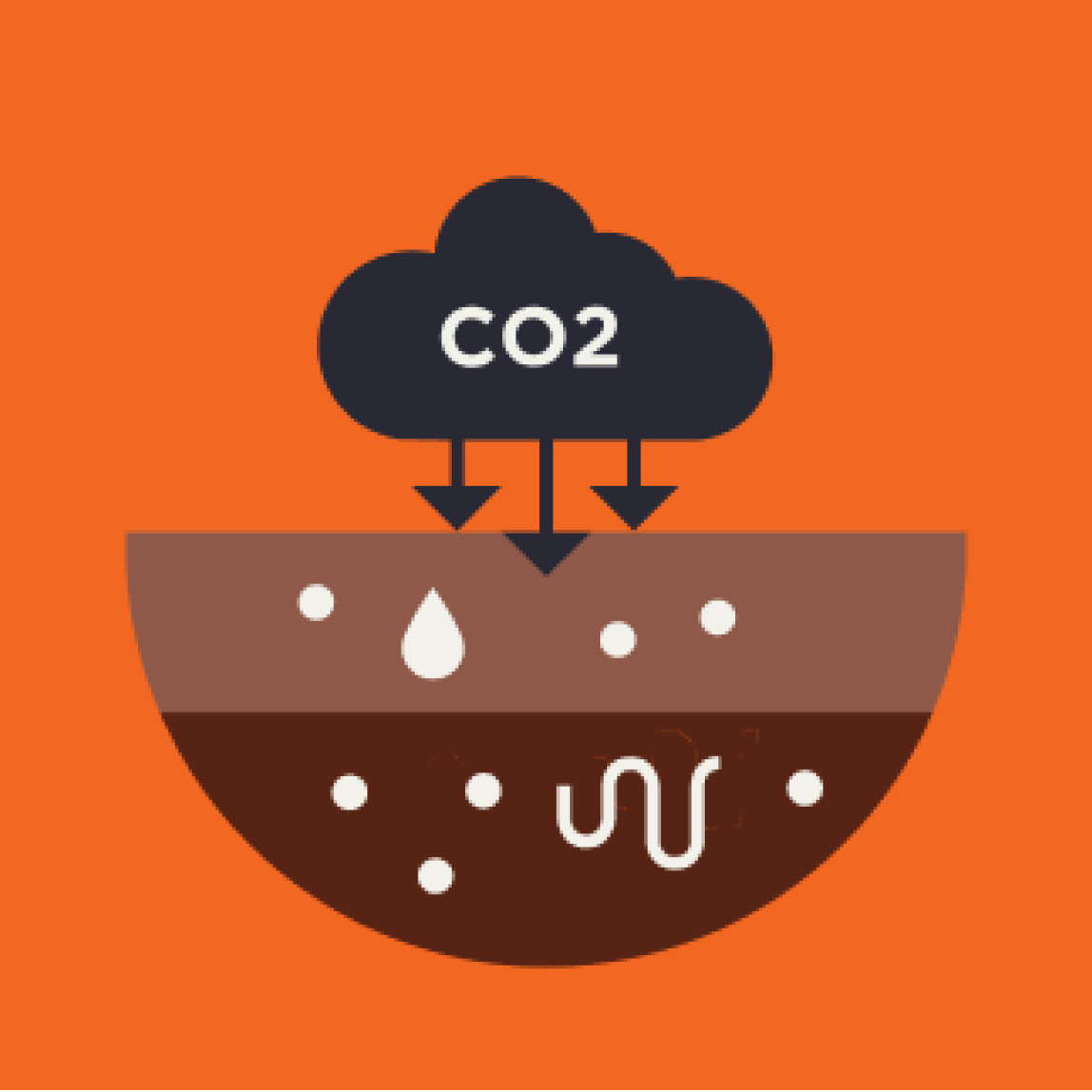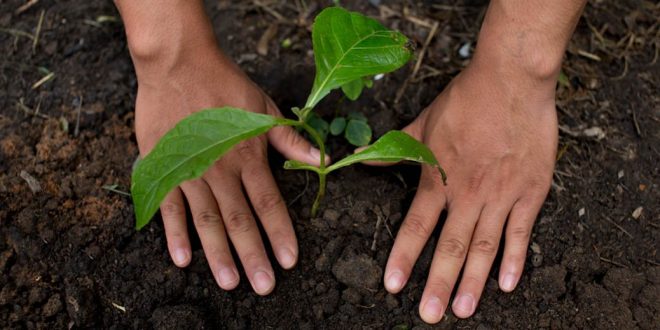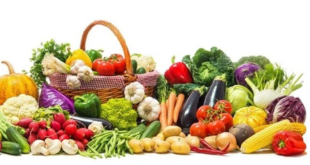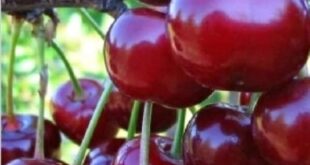Food is part of nature, and nature is inherently regenerative – it can renew itself. For billions of years, organisms in living systems have grown, thrived, and died, becoming food for a new cycle to begin.
We can redesign our food system to reflect this natural cycle more closely and help nature, people, and the economy thrive.
The problem with our current food system
The way we produce food today is a significant driver of both climate change and biodiversity loss. It relies upon ever-increasing quantities of synthetic fertilisers, pesticides, fossil fuels, fresh water, and other finite resources. These are a source of pollution and damage to ecosystems and human health. The heavy use of antibiotics in farming is also linked to disease-causing microorganisms becoming resistant to medications.
“If nothing changes, by 2050, the food system alone will have used up ⅔ of the remaining global carbon budget”.
Benefits
Reduced emissions and healthy soil that fights climate change
Regenerative food production can significantly reduce greenhouse gas emissions from food production by reducing reliance on synthetic inputs and by building healthy soils with high levels of organic matter and richer microbial biodiversity. Healthy soils help restore the natural carbon cycle, increasing the soil’s ability to sequester carbon and fight climate change. Healthy soils are better able to withstand erosion and compaction, and better able to hold water, reducing the impact of droughts. They have a high infiltration capacity, reducing the effects of heavy rain and the risk of flooding.
“More than 75% of global food crops rely on animal pollination”.
Increased biodiversity
Regenerative food production can regenerate natural systems by using practices, depending on the local context, like using diverse crop varieties and cover crops, rotational grazing, and agroforestry (growing trees around or among crops or pasture). This results in agricultural land that more closely resembles natural ecosystems like forest and native grassland, providing habitat for a wide range of organisms. By reducing the need for synthetic inputs and pesticides, pollinators and microbes in the soils, which are essential for the maintenance of healthy ecosystems, can thrive.
Today, just 12 plant and five animal species represent around 75% of the total calories eaten globally.
A more resilient food supply
By diversifying the types of crops we consume, a nature-positive food system is better able to withstand shocks.
Regenerative food production makes harvests more reliable and resilient in the long term, by enhancing the health of soils, ecosystems and species on which we rely. This can make individual farms more resilient to the effects of climate change, such as flooding, drought, and changes in temperature and precipitation.
Regenerative farming practices
There are several different schools of thought farmers may draw from to apply the best set of practices to drive regenerative outcomes on their land, for example: regenerative agriculture, agroecology, organic, permaculture, agroforestry, and conservation agriculture. The practices they might adopt will depend on the context, but could include:
- minimising soil disturbance
- maintaining living roots in the soil year-round by using cover crops and rotating different types of crops
- increasing crop diversity, through mixed cropping and intercropping
- integrating trees, through agroforestry and other means
- rotational grazing of livestock
- using inputs made from organic matter, which can either dramatically reduce or entirely remove the need for synthetic agricultural inputs
Source: www.ellenmacarthurfoundation.org
 THE GLOBAL WINDOW OF TURKISH FOOD AND AGRICULTURE The Global Window of Turkish Food and Agriculture Sector
THE GLOBAL WINDOW OF TURKISH FOOD AND AGRICULTURE The Global Window of Turkish Food and Agriculture Sector









